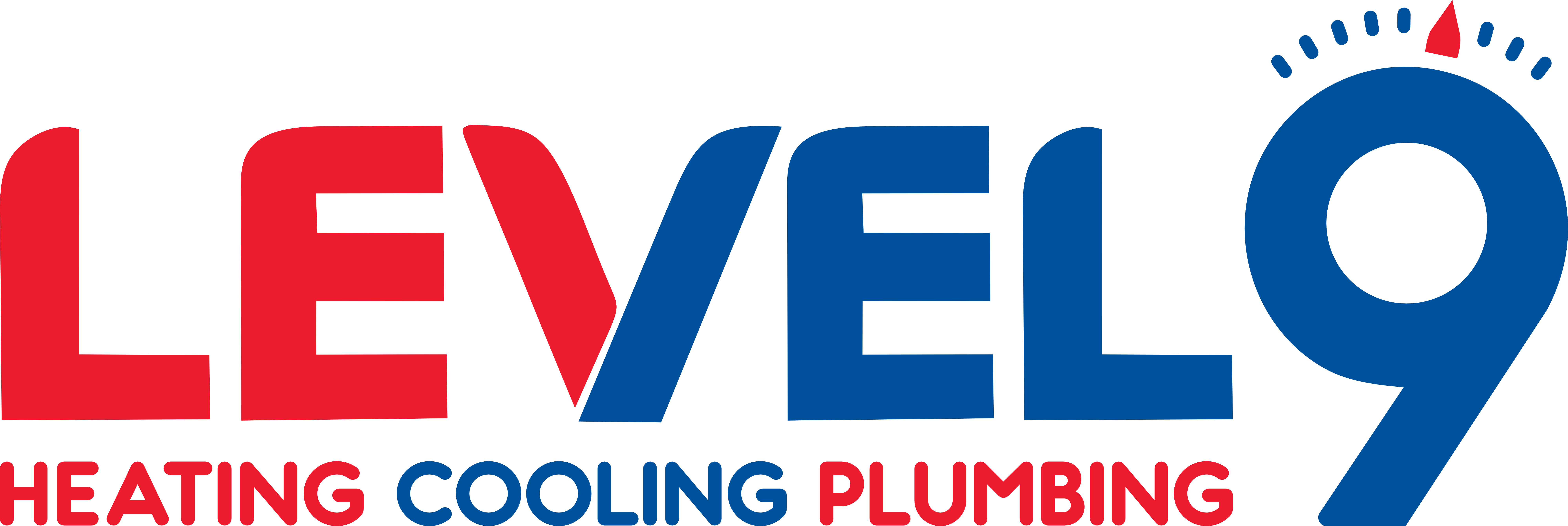Due to efforts by organizations like the EPA, there is heightened awareness about the dangers of poor indoor air quality. An IAQ truism is that the air inside your home can be no cleaner than the air outside without air purification. The sealed nature of modern homes coupled with powerful HVAC systems often results in much higher pollution levels. The good news is that there are several advanced technologies available to homeowners to clean their air. Among those options are UV air purification systems, which come in a wide range of configurations.
Ultraviolet Light
Ultraviolet light or UV is a type of electromagnetic radiation. It exists higher in the EMR range than visible light but lower than X-rays. UV also constitutes about 10% of the total EMR output of the Sun. Humans can create UV through specialized lights, such as blacklights, tanning lamps and mercury-vapor lamps. Short-wave UV sterilizes surfaces but also damages DNA. This is why people should protect their skin from exposure to the sun with sunscreen.
UV is made up of three core components. The aforementioned short-wave component is Ultraviolet C or UV-C. Ultraviolet B is the medium wave and what is known as intermediate UV or Dorno radiation. Ultraviolet A is the long wave and what is known as blacklight or soft UV.
Understanding UV-C
UV is an ionizing radiation at shorter wavelengths. This means that it has enough energy to detach electrons from atoms and even molecules and thus ionize them. UV-C is therefore germicidal. It can kill or inactivate microorganisms. What is notable is that natural sunlight is virtually devoid of UV-C due to the absorptive nature of the ozone layer. The UV that man can create, however, is abundant with UV-C that we can apply purposefully. One way we apply it is ultraviolet germicidal irradiation. Medical and food processing facilities, for instance, have long used UVGI to inactivate pathogens, bacteria and more.
What UV-C Destroys
UV-C destroys pathogens, which are any organism or agent that can result in disease. Pathogens are commonly referred to as germs. UV-C can also inactivate many viruses and bacteria. Multiple recent research studies have shown that UV-C can inactivate the coronavirus strain that causes COVID-19. UV-C also kills funguses and mold spores. While it does not kill dust mites directly, it does inactivate dust mite eggs. That can make a significant difference in limiting a dust mite population in a living space. It’s important to note that UV-C does nothing to particulate matter. PM is a core aspect of air pollution and is linked to a host of cardiovascular and respiratory diseases.
How UV Air Purifiers Work
UV air purifiers apply the germicidal properties of UV-C light to sterilize air as it passes through the system. Often, these devices have a UV lamp contained within them. As air circulates through, the lamp emits ultraviolet radiation and cleans the air. The DNA of microorganisms like bacteria is disrupted. The microorganisms become inert and are no longer able to reproduce. Nothing is filtered. The deactivated microorganisms remain in the air but can be filtered through other means.
Can Organisms Reactivate?
Yes. Some organisms, including some viruses, can reactivate or “wake up.” Inactivated microorganisms are not harmful. Reactivated microorganisms can be. The typical UV light wavelength used in UV air purifiers sold for residential purposes is 0.254 microns. This is good enough for the average household. Reactivation of viruses won’t be a great concern. But to avoid any reactivation altogether, you can look for a UV air purifier with a spectrum ranging up to 0.315 microns.
Fundamental Types of UV Air Purifiers
There are two core types of UV air purifiers: coil and air sterilization. Air sterilization is as discussed earlier. Microorganisms are affected by the light as they pass through. In a coil sterilization system, air passes over coils as it makes its way through an HVAC system. The UV-C light sterilizes the surface of those coils. An advantage to this approach is that it helps keep the HVAC system clean and curbs microbial growth in the ductwork.
Effectiveness of UV Air Purifiers
The efficacy of UV air purification depends on several factors. The factors for homeowners to consider are the intensity of the UV light, exposure duration and airflow rate. Regarding airflow, purifiers are often rated by cubic feet per minute or CFM and/or air changes per hour or ACM.
You must choose a unit with UV lamps strong enough to achieve your air purification goals. It is also important that you choose a system that cleans enough air. It should be relative to the size of your home but also the number of residents and pets. Properly sized, UV purifiers are very effective at reducing the concentration levels of airborne pathogens.
Considerations and Safety Precautions
UV air purifiers need to be sized and installed appropriately to ensure effectiveness. It is rarely a do-it-yourself job and generally requires a professional HVAC technician. All air purifiers require regular maintenance and cleaning. Failure to clean a UV air purifier regularly will diminish its effectiveness. UV-C radiation can be harmful to your eyes and skin. Air purifiers are designed to prevent leakage of any UV-C light. But you often have to open them to clean and maintain them. This is another reason that only a professional should install, service and clean your UV air purifier.
Types of UV Air Purification Systems
UV lamps are a common example of standalone UV air purification that can be integrated directly into your HVAC system. Since UV-C only provides one useful type of air purification, many manufacturers sell units with multiple stages. The common air purifier on the market has four stages: prefilter, HEPA, activated carbon and UV-C. The prefilter blocks large particulate matter from clogging the HEPA filter. The high-efficiency particulate air filter traps most particulates down to 0.3 microns in size. The activated carbon stage neutralizes odors, gases, volatile organic compounds and so forth.
Portable vs. Whole-Home Systems
UV air purifiers are available in both portable and fixed configurations. Portable units tend to be smaller and cheaper. They’re effective for use in your personal space. Larger portable units can provide coverage for 1,000 square feet or more. If you want coverage for your entire home, a whole-home system will be necessary. These systems generally integrate with the HVAC. This allows you to take advantage of the air handler you already have. It also provides the added benefit of keeping your HVAC system clean.
UV Air Purifiers in Washington and St. Louis
If you’re interested in having a UV purification system installed, Level 9 Heating, Cooling, and Plumbing can help. We have 50 years of experience serving Washington, St. Louis and the surrounding areas of Missouri. Our team installs all manner of air purifiers, dehumidifiers and humidifiers. We also install, maintain and repair all types of heating and cooling systems. Our plumbers clean and repair drains, find and fix leaks and install both tank and tankless water heaters. Call us today or contact us online to schedule an appointment or with any questions about the products and services we provide.



